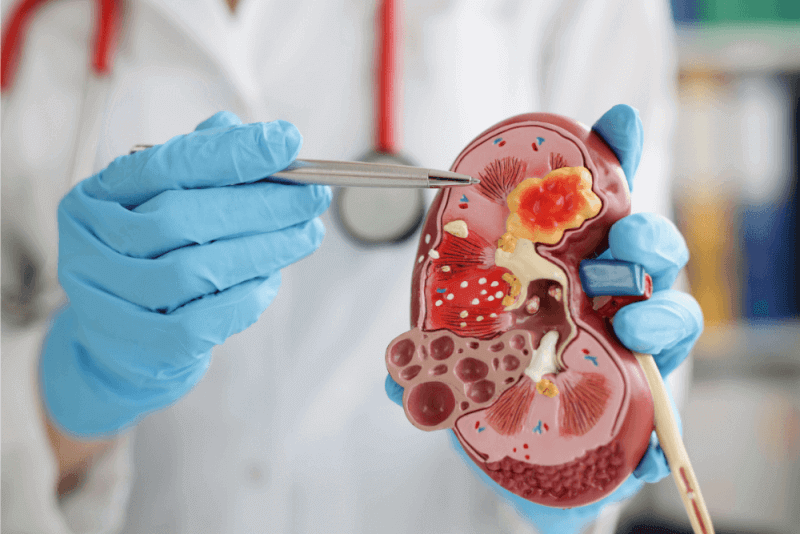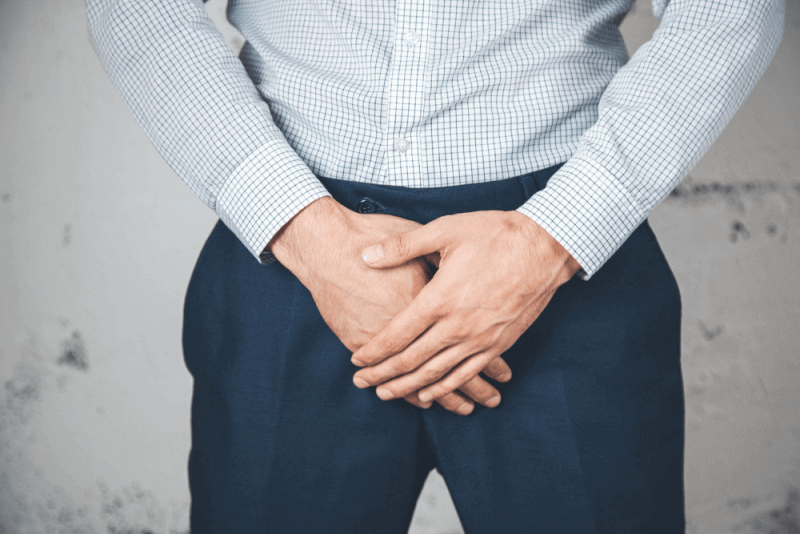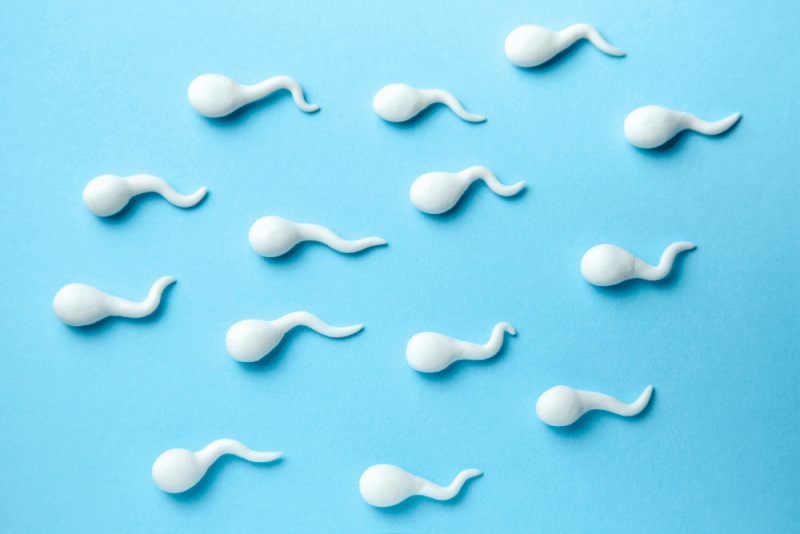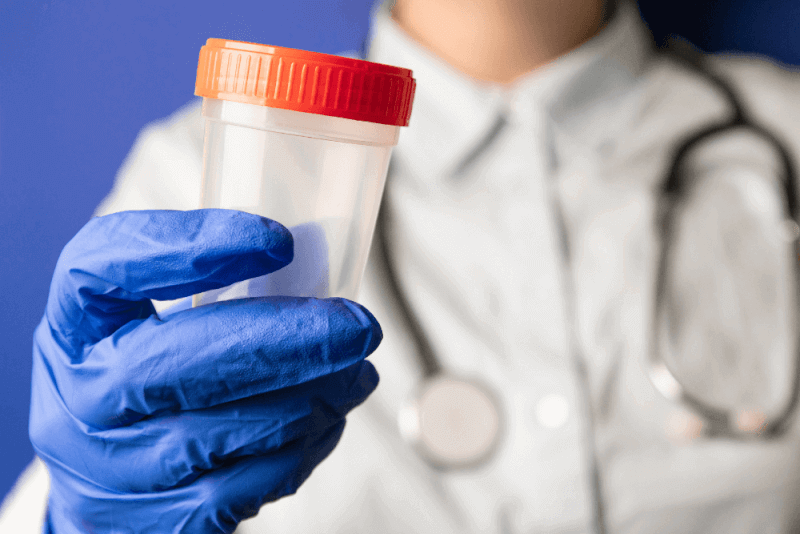What is a Ureter Stone?
A ureter stone is an irregularly shaped solid mass or crystals trapped in one of the ureters. Ureters are two muscular tubes that carry urine from the kidneys to the bladder. Each kidney is connected to the bladder by a ureter. Ureters in adults are 10-12 inches long. Stones can be proximal (close to the beginning) or distal (far from the beginning) in the ureter.
The proximal end of the ureter connects to the renal pelvis, which is located in the center of each kidney and collects urine. Typically, urine flows smoothly through the ureters. However, if the stone is large, it can block the flow of urine from the kidneys to the bladder.
Minerals and salts in the urine accumulate to form stones. These minerals form crystals that turn into stones. Ureter stones are also referred to as kidney stones, but a ureter stone specifically refers to a kidney stone that has lodged in the ureter.
Main Types of Ureter Stones
Ureter stones are categorized into four types based on the type of mineral causing the stone.
Calcium Stones
Calcium stones are the most common type. They are further divided into subtypes, with the most common being calcium oxalate stones and calcium phosphate stones.
Uric Acid Stones
Uric acid stones form when there is too much uric acid in the urine.
Struvite Stones
These stones are mainly composed of magnesium ammonium phosphate and calcium carbonate apatite. They can develop after urinary tract infections in some cases.
Cystine Stones
Cystine stones are caused by a genetic disorder called cystinuria. Cystinuria leads to the leakage of the amino acid cystine from the kidneys into the urine.
Diagnosis of Ureter Stones
To diagnose a ureter stone, symptoms are first understood and a physical examination is conducted. Then, certain tests are performed to confirm the diagnosis. These tests include:
Urinalysis
Urine is tested for signs of infection and levels of substances that can cause ureter stones.
Blood Test
A blood test can determine how well the kidneys are functioning, check for infection, and identify other issues that might be related to ureter stones.
Ultrasound
An ultrasound can help identify blockages in the ureters.
CT Scan
A CT scan is used to determine the size, location, and hardness of the ureter stone.
Causes of Ureter Stones
Ureter stones form due to the presence of substances in the urine that can crystallize. These substances usually pass through the urinary system without any issues. However, if there is not enough urine to dissolve these substances, stones can form. Inadequate hydration is a common cause. Substances that can lead to ureter stones include:
- Calcium
- Oxalate
- Uric acid
- Phosphate
- Cystine
- Xanthine
Symptoms of Ureter Stones
Small ureter stones may pass through the urinary system without causing symptoms. However, larger stones can cause the following symptoms if they block the tubes:
- Severe, intermittent pain in the back, below the ribs
- Pain that radiates to the lower abdomen
- Pain and burning sensation during urination
- Nausea
- Vomiting
- Bloody or discolored urine
- Cloudy urine
- Frequent urge to urinate
- Urinating in small amounts
Treatment Methods for Ureter Stones
The treatment for ureter stones depends on their size, location, and the substances that caused them. Small stones may pass naturally through the urinary system.
Ureter Stone Surgery
Surgery may be required if the stones are too large to pass naturally or if they cause urinary tract obstruction.
Surgical Methods for Ureter Stones
When surgical removal of ureter stones is necessary, the following methods may be used:
Shock Wave Lithotripsy
This procedure uses high-energy shock waves to break stones into small pieces that can be passed through urine. It is the least invasive method and may not be suitable for every patient.
U reteroscopy
In this procedure, a long, thin tube with a camera is inserted into the urethra. The stone is located with the ureteroscope and then broken into small pieces using a laser.
Percutaneous Nephrolithotomy
Surgical instruments are inserted through a small incision in the patient's back to remove the stones. This method is recommended for large and irregularly shaped stones.
Ureteral Stents
Thin, flexible, temporary tubes called stents keep the ureters open, allowing urine to flow around the stones.
Medical Expulsive Therapy (MET)
This method is effective for treating small distal ureter stones. The treatments may include alpha-blockers, calcium channel blockers, corticosteroids, and phosphodiesterase-5 inhibitors.
Benefits of Ureter Stone Surgery
The benefits of ureter stone surgery include:
- Pain relief
- Reduced risk of kidney damage
- Elimination of infection risk
Complications of Ureter Stone Surgery
The complications of ureter stone surgery include:
- Damage to the ureter
- Urine draining outside the bladder
- Bladder perforation during the procedure
- Obstruction of urine flow
- Bleeding
- Burning and stinging in the urine
- Stone fragments remaining in the bladder
Medication Treatment
Medication treatment is only recommended for individuals who develop ureter stones.
Calcium Stones
The first option for treating calcium stones is potassium citrate, which makes the urine more alkaline.
Other medications for calcium stones include diuretics, which help the body expel extra fluid and calcium through urine.
Struvite Stones
For struvite stones, antibiotics are used to treat the infection, and acetohydroxamic acid is used to prevent ammonia from forming in the urine.
Cystine Stones
For individuals with cystinuria, tiopronin is prescribed to prevent the formation of stones. Potassium citrate is also used in the treatment.
Recovery Process for Ureter Stones
Patients can typically return to their normal lives within 1-2 days after ureter stone surgery. For laparoscopic and nephrolithotomy surgeries, the recovery period is 5-7 days.
Risks of Ureter Stones
If a ureter stone is not expelled from the body or surgically removed, the temporary blockage of the kidney can become permanent, leading to irreversible kidney damage and kidney failure.
Precautions for Individuals with Ureter Stones
Individuals with ureter stones should drink 2-3 liters of water daily to help pass the stones. Non-steroidal anti-inflammatory drugs (NSAIDs) can be used to alleviate mild pain and discomfort. Common NSAIDs include aspirin, ibuprofen, and naproxen.
Prevention of Kidney Stones
Preventing kidney stones involves making lifestyle changes and taking certain medications.
Lifestyle Changes
The following tips can help reduce the risk of forming kidney stones:
- Drink plenty of water
- Reduce the intake of foods high in oxalates
- Choose a diet low in salt and animal protein
- Continue consuming foods rich in calcium, but be cautious with calcium supplements
Medications
Medications can affect the levels of minerals and salts in the urine. Patients prone to chronic stone formation should be mindful of their medications.
Calcium Stones
Thiazide diuretics and phosphate-containing preparations can be prescribed to prevent the formation of calcium stones.
Uric Acid Stones
Allopurinol and medications that alkalinize the urine are prescribed to reduce uric acid levels in the blood and urine.
Struvite Stones
Strategies to maintain good urine flow and frequent urination help prevent struvite stones. In rare cases, small or intermittent doses of antibiotics over a long period can achieve this goal.
Cystine Stones
A diet low in salt and protein, along with increased fluid intake to promote high urine output, can help prevent cystine stones. Doctors may prescribe medications that increase the solubility of cystine in the urine if these measures are not sufficient.








